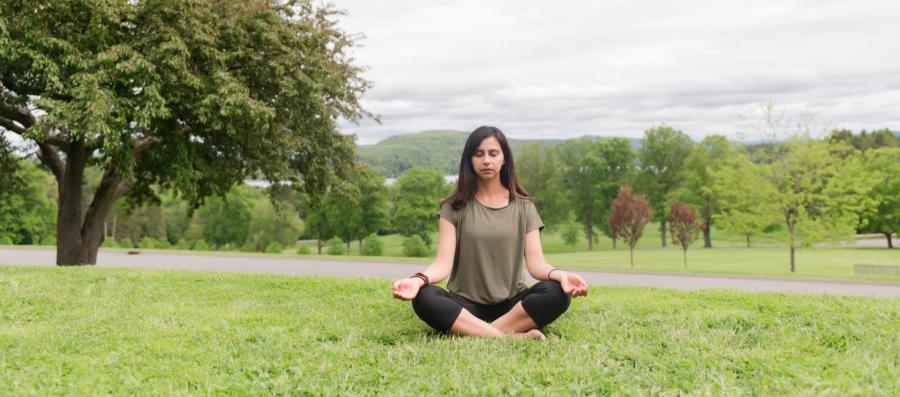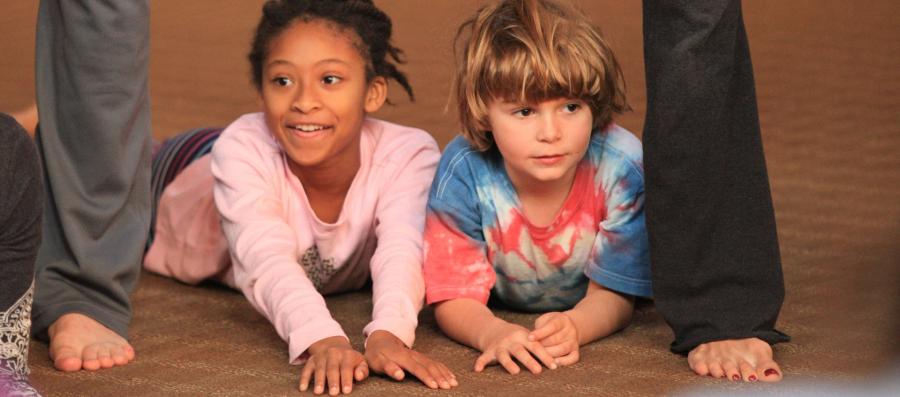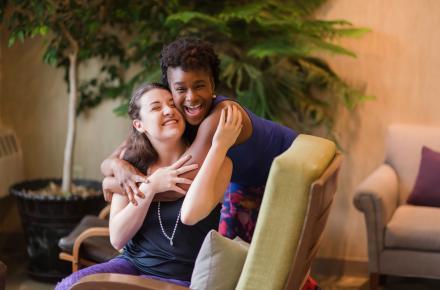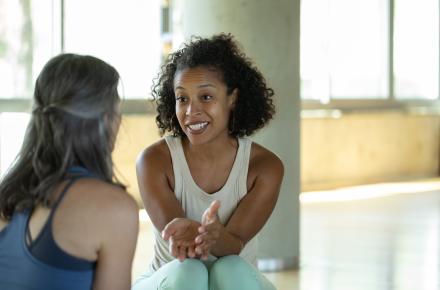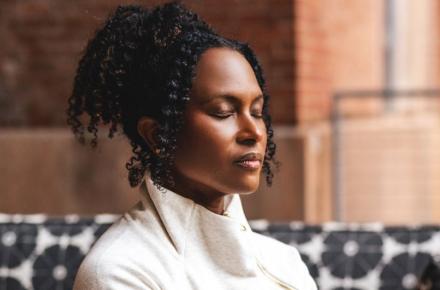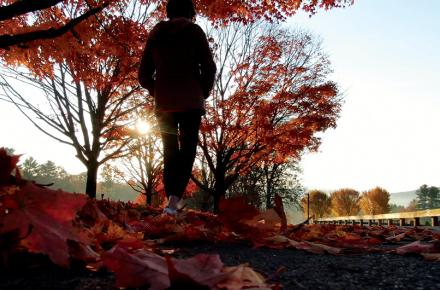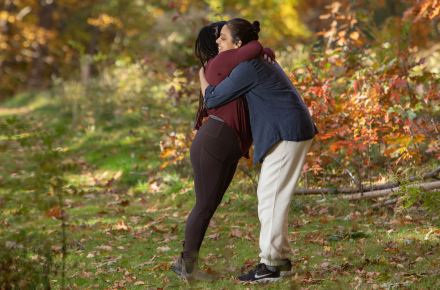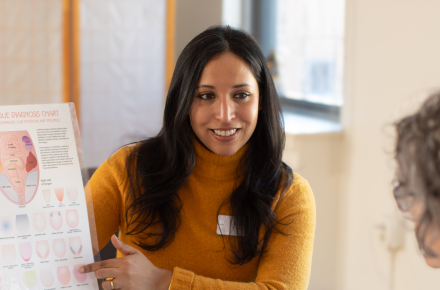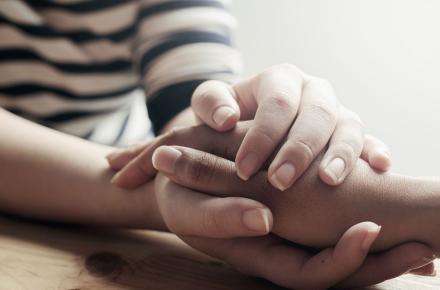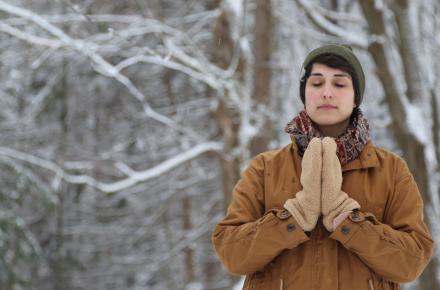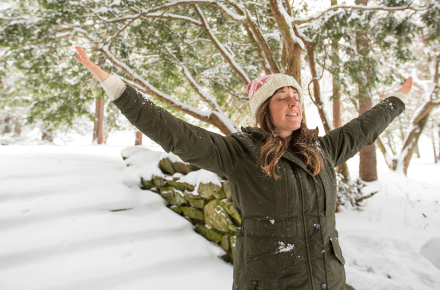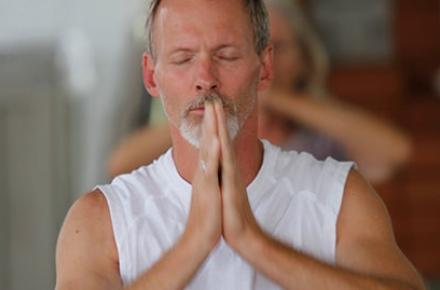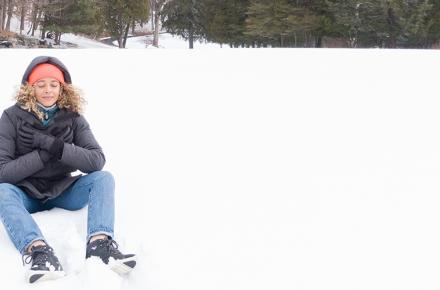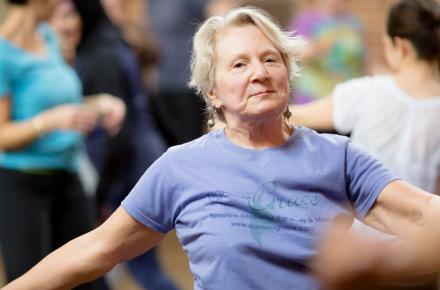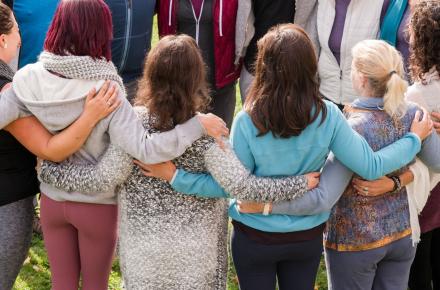How to Have Mindful Conversations with the Kids About Coronavirus
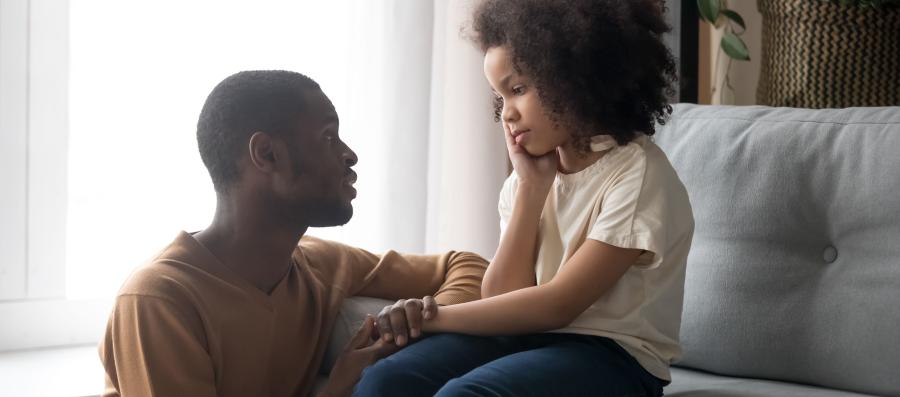
March 26, 2020
by Kimberly Jordan Allen
Like all of us, my family, including my twin tweens, has been hunkered down—walking in the forest, baking, watching movies, and avoiding others as best we can. But aside from the obvious logistical challenges that come with quarantine, shelter in place, or regional lockdowns, there are the deeper nuances to parenting during such a time.
Let’s face it: It’s not easy to parent mindfully on any given day. But the crisis of a global pandemic complicates everything, parenting included. We’re each dealing with our own anxiety and fear. So, where do we begin in communicating with our children?
Managing COVID-19 Anxiety
Managing our own stress, before processing what’s happening with the kids, is number one. For most of us, school and all nonessential businesses are closed. We’re home and, by now, perhaps feeling a bit stir crazy and out of sorts as we’re removed from the usual rhythms of daily life. Your morning meditation practice may be out the window. However, the more you can establish and model a positive self-care routine, the calmer and more confident you and your kids will feel. We need to create new, healthy rhythms for ourselves and our families.
Erin Casperson, Dean of the Kripalu School of Ayurveda, says it’s vital for parents and caregivers to do self-care—now and all the time. “I have two stepkids, so I get up earlier and do my own practices before the kids get up—even if it is 30 minutes of yoga, meditation, or a walk in the woods. I know that I can give so much more if I am centered in myself rather than trying to give from a place of exhaustion or lack.”
Building New Rhythms During Quarantine
Work on creating positive habits that will lay the foundation for being home together in healthy ways. “Netflix and chill” takes on a much more literal meaning right now. Carve out time to connect with friends and family, so you don’t feel alone: Connection is a vital part of our well-being. Times such as this ignite emotional triggers, and we need support from our network.
Do what you can to maintain your personal practices while staying flexible. Maybe meditate at a different time of day? Or a few times a week instead of daily? Perhaps a walking meditation would serve you best right now?
If possible, get outside each day. Even if it’s just to walk the dog around the yard or take a walk down the block, getting some fresh air does wonders.
Overall, remember to allow yourself to slow down. It’s okay to change your pace and for many, this is a welcome shift.
Questions and Suggested Answers for Kids About COVID-19
This is a scary time for everyone. There are a lot of unknowns right now and we are all feeling it. Kids pick up on the heightened emotions we’re experiencing. When engaging younger children, it’s key to have your own anxiety in check. Do what you need to feel secure and know that you are in a good place to talk.
Start the conversation by checking in and ask your young one how they’re doing and if they have any questions, thoughts, or feelings they want to share. Answer those questions honestly, navigating the fact that much is still unknown. Here are some ways to approach common questions that your children might have.
Will I or my parents get sick?
This is an opportunity to choose age-appropriate responses. Find a balance between minimizing concern (it’s not realistic to answer “no” to this question) and heightening anxiety. Reassure children by reminding them that your family and the local and national authorities are doing everything possible to keep everyone healthy and safe. In addition, you can try the Mister Rogers approach of reminding children who the helpers are right now, and how grateful we are for all they’re doing to help people stay and get healthy. Reminding kids that we are all interconnected will help assuage feelings of isolation or fear. This is also an opportunity to remind kids that getting sick doesn’t mean the worst possible outcome. Many carry the virus without severe symptoms. This is also a moment to reinstate the preventative habits we want to maintain during this time: handwashing, physical distancing, and self-care.
Read Part 2 of this series:
Can I see my friends or grandparents?
This is really hard for kids who just want to play with their friends or hang out with relatives. Remind them that this is the best way to keep everyone healthy, and highlight what they can do. FaceTime, video chats, phone calls, or watch parties are ways that people are connecting during COVID-19. Many families normally hold strict boundaries around screen time, but we may need to relax a bit around this right now. Don’t beat yourself up if your tween daughter wants to binge on Gilmore Girls, like my daughter. (True confession, I’ve enjoyed an episode or 12 as well.)
When can I go back to school?
Kids may relish the extended spring break initially but, after some time, most of them will miss the structure of school. This is another moment to be honest about the unknowns. Social distancing may be necessary for months to come. Again, focus on what they can do, and what you can do together. This is a time to get creative, helping the kids hold video calls, phone calls, or live chats to stay connected. There are many positives to homeschooling, and a lot of resources online to support school-age kids and their parents. For younger children, it’s a perfect opportunity to empower them by engaging them in household activities—cooking, yard work, animal/pet care, even laundry. All these chores can be fun and satisfying for little ones if we engage them and allow them to learn new things and accomplish tasks.
I’m bored. What should I do now?
Sometimes kids need to get bored. Today’s culture is inundated with unending streams of entertainment and information. Boredom teaches kids to get creative and rely on their own ingenuity for stimulation. And there are many ways to combat boredom. Time outdoors, in a nearby park or countryside, if possible, offers the physical and mental health benefits of forest bathing. Break out the art supplies. Roll out some yoga mats and do poses together. Pull out the cooking supplies and bake something. Take advantage of the opportunity to do some spring cleaning; have the little ones sort through their things, finding fun stuff they forgot about and choosing other things to donate. (You can note that these items will go to others in need, which will make them feel good about helping those who may not have the same things.)
Remember to laugh, breathe deeply, and savor the beautiful moments of connection with your kids as you find your way through this time together.
Kimberly Jordan Allen is an award-winning writer, editor, and content strategist.





